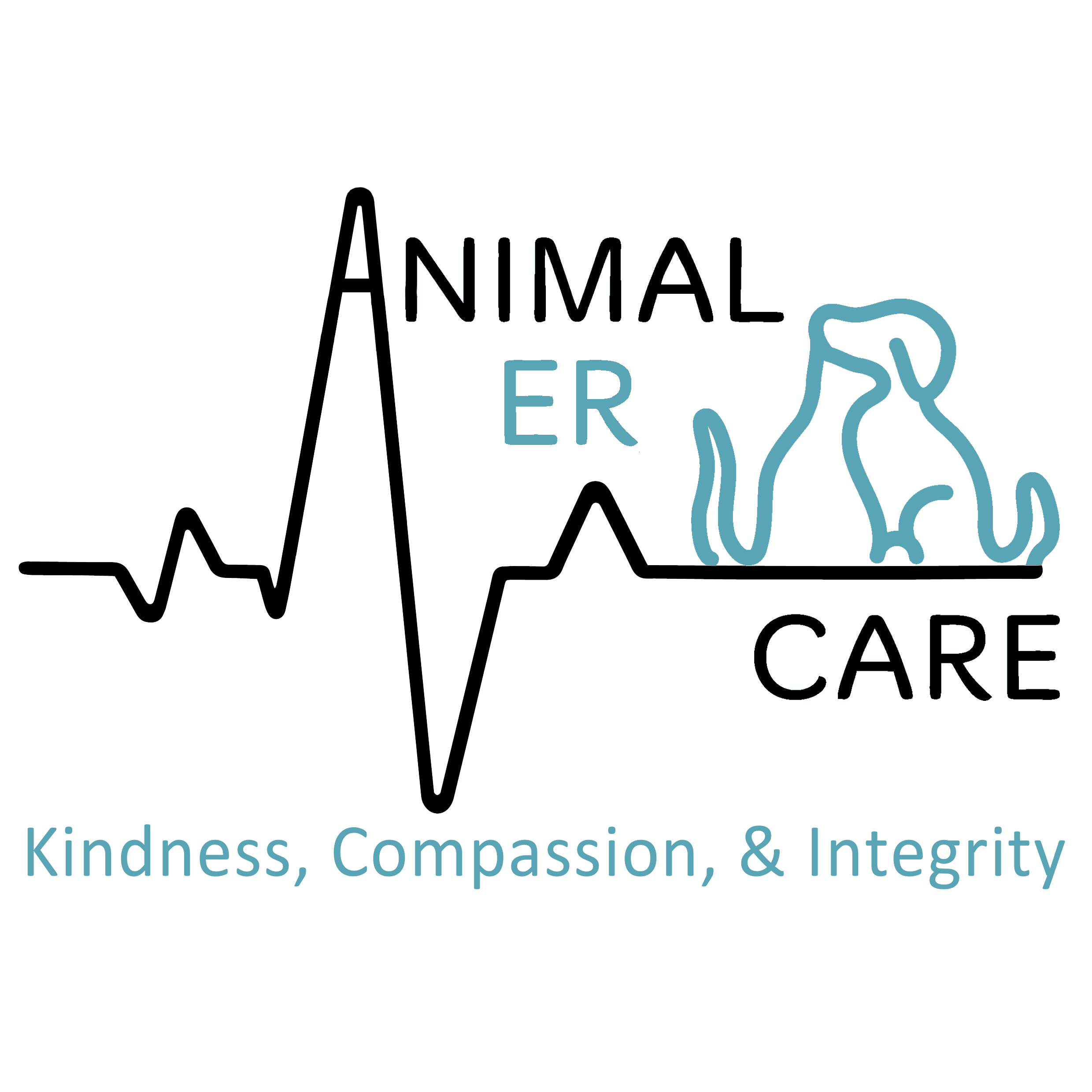Max was surrendered to HSPPR’s Colorado Springs location after biting his owner’s arm. When we evaluated Max, we saw he did have some fear triggers; he was a nervous guy who needed some training and patience. We believed that with the right home and with an understanding of dog behavior and how to prevent a dog bite, he could safely and successfully be adopted.
So in honor of Dog Bite Prevention Week, we asked our Behavior Program Manager, Steveina Kelly, to help us better understand dog behavior so we can help our community successfully prevent dog bites in the future! Here’s what she had to say:
What warning signs should I look for in a dog that may indicate he/she will bite?
Sometimes it can be challenging to determine when a dog is uncomfortable. The more you take the time to read your dog’s body language the easier it will get. I like to compare canine body language to humans. When someone is feeling threatened, they usually respond with Fight, Flight, or Freeze.
In fight, you try to make your body as big as you can, eye contact is made hard and direct, there is tension in the face and muscles throughout the body, you are yelling in a loud and harsh manner that cannot be mistaken as friendly. The same goes for the canine. They hold their body high, they are tense, their hair may be sticking up down the spine, their mouth is closed tight or their lips are pulled back to expose their teeth, and they may bark or growl. This behavior cannot be mistaken as friendly, and they will escalate to aggressive behaviors if you continue to approach.
During a flight response, your body is tense, you attempt to make yourself smaller, you start to turn your body away from the threat, avoiding eye contact or shifting your eyes from the threat to search for an escape route. Your breathing becomes faster, your palms start to sweat, you keep your body as small and tight as possible, and you back away as you try to determine if it is safe to run. The same goes for the dog! They pull their ears back, their tail is tucked underneath them, their eyes are wide and gaze is shifting around, their respiration is increasing, their paws get sweaty, their mouth is either shut tight or panting with stress wrinkles around the mouth, they may even flash their teeth if the threat gets any closer, their body weight is being held away from the threat, and they lift their paws to show that they want to run.
In freeze, your body is very tense, you respiration increases even more, your eyes are held open, you are watching the threat with your head turned away, all your body parts are held against your body, your mouth is closed tight — as long as you do not move this will all go away. Same goes for dogs; they can be frozen in place while standing or curled up on the ground. They may be watching you but they are turned away so you can see the whites of their eyes, or they may be avoiding eye contact all together. They are breathing rapidly, their paws are sweaty, their bodies are tense with adrenaline — as long as they do not move this will all go away.
Dogs who are exhibiting fight, flight, or freeze behaviors are all dogs who can potentially bite. It’s important to watch dogs’ behavior and body language to understand when they feel threatened so you can prevent a dog bite.
How can I prevent my dog from biting?
Observe his body language and respect the boundaries that he is setting. Socialize the pup when he is young so that he knows how to handle new situations. Give your dog choices! Do not force him to engage in a situation that they are not comfortable with. Use positive reinforcement training methods so that he associates people with positive interactions. Always supervise your dog around children or unfamiliar adults.
Why do dogs bite?
They feel threatened. This can be out of anxiety, fear, frustration, startle response, or they have learned that it is the easiest way to communicate that they do not want something.
Highly excited or aroused dogs may bite because they are overwhelmed. If you play rough with your high energy/mouthy dog he may jump up and nip at you or bite onto a limb. This dog is not trying to harm you, nor does he feel threatened. He may be in such an excited state of mind that he isn’t stopping to think before he reacts.
What should I do if my dog snaps or bites?
Quickly identify what prompted the bite and give the dog the choice to move away from the threat or remove the threat from the situation. Do not reach out for the dog, grab the dog, or grab the dog’s collar. Do not force your dog to engage further with the perceived threat. If it’s not plainly obvious what prompted the snap or bite, contact a certified trainer as soon as possible so they can help get down to the root causes and help rehabilitate your dog.
What do I do if my dog is involved in a dog fight?
Never get in between fighting dogs or place your hands in the middle of the fight, as this can likely lead to a bite. Instead, try distracting the dogs with loud noises to startle them and make them stop. You can also startle them by throwing water on them. If startling your dog doesn’t work, you can try to put a barrier in between the dogs, like a garbage can lid or a chair. If another person is present, you can separate the dogs using the wheelbarrow method, where you lift their hind legs and walk them backwards. Once the dogs are separated, isolate them so they can calm.
How can I change my behavior to make my dog more comfortable and less likely to bite?
Observe dog-to-dog interactions. You can use your body in similar ways. Standing tall in front of your dog and bending forward can seem like a threat. Try turning your body to the side and kneeling down. When two dogs are making direct eye contact, they usually aren’t trying to become friends. Try to avoid direct prolonged eye contact with your dog. Allow the dog to initiate contact instead of reaching for the dog. Keep movements slow, calm, confident and natural. Don’t hug the dog, if another dog comes up to your dog and places its front arms around your dog’s neck, this is a threatening behavior. Hugs are not natural for dogs, and they do not understand that this is a loving behavior. Most dogs do not enjoy being patted on the head. Any movement that requires reaching over their head can feel threatening. Start by petting or scratching on the shoulder or chest, while at the dog’s side. Avoid interacting with a dog when the dog is cornered. Being cornered increases stress, reduces behavioral options, and increases likelihood of aggression. You can yawn, lick your lips, or avert your gaze, to make a dog feel more comfortable. Loud and low voices tend be threatening. A very high pitch can cause too much excitement. Keep your voice neutral to low in volume, and calm, but happy and friendly in pitch.
Finally, keep an eye out for the behaviors and body language as described above, so you can give your dog space when he is feeling threatened. This can help to reduce the likelihood of a bite and keep you, and your dog, happy and healthy.
As for Max, we transferred him to one of our awesome rescue partners, All Breed Rescue & Training. They were able to continue Max’s training on a more individualized level with a loving foster care family. It was everything he needed to be the best dog he could be! With their help, Max found an amazing new family that respects his space and understands his body language!







